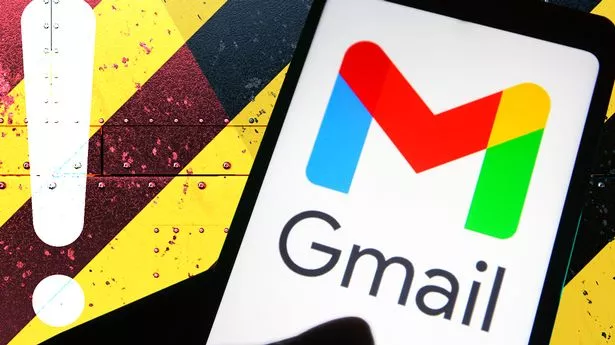Amidst social media rumours, Google has denied plans to shut down its popular email service, Gmail. According to a screenshot that made the rounds online, Gmail’s email services would be “sunsetted” on August 1, 2024. Nevertheless, Google has put an end to the rumours by confirming that Gmail will keep running normally.
A screenshot purportedly showing an email from Google to Gmail users revealed that the company was “sunsetting Gmail” on August 1st of this year. Furthermore, the email asserted that Gmail will cease to “support sending, receiving and storing emails” effective August. Thousands of people shared the screenshot on social media, with its makers stating that Google acted in response to criticism of its AI image tool, Gemini. This week, the image tool caused quite a stir when it generated an image.
After much waiting, Google intervened to end the rumours. “Gmail is here to stay,” read the post on social media regarding the company. In addition, tech experts jumped on social media to dispel the rumours, clarifying that Gmail’s HTML version, and not the entire email service, was being shut down this year by the company. According to tech educator Marsha Collier, the HTML-only version of Gmail was deprecated in January of 2024. Any old version of Gmail will do.
Read also: Google announces Google Security AI Workbench
As far as tech experts are concerned, the standard @gmail service will keep running smoothly, but Gmail’s HTML-only version, which lets users access their emails in low-network areas, will be discontinued in January 2024.
Google has upgraded its users to the most recent Standard view of Gmail because this version is outdated and lacks modern features. According to the support documentation, the transition guide should be consulted by users who are using screen readers. The HTML version served users with slow internet connections because it did not have a chat, a spellchecker, search filters, keyboard shortcuts, or rich formatting.
The update
By introducing innovative features that boost efficiency and user experience, Gmail maintains its position as the industry leader. Google Docs, Sheets, and Slides are just a few of the collaboration tools that are available in Google Workspace, which is easily accessible through Google Mail. Users are able to collaborate in real time, edit documents, and share files without ever leaving the Gmail interface.
Machine learning is used by the newly launched Smart Compose with AI-powered Duet to assist users in composing emails. Smart Compose streamlines and simplifies the process of composing emails by predicting the user’s likely words.
Last week, we introduced Gemini Integration, which lets users link their Gemini accounts straight to Gmail. This makes it easier to stay in touch and keep tabs on cryptocurrency investments without ever having to leave the email platform.
In addition to its own features, Gmail can be enhanced with a number of third-party app integrations. Users can incorporate a wide variety of apps into their Gmail experience, allowing them to personalise it according to their workflow. This includes project management tools such as Trello and Asana, as well as scheduling apps like Calendly.
Integrating Google Meet into Gmail makes virtual meetings easier and more secure. Encouraging a more efficient and secure communication environment, users can easily schedule, join, or start a video conference straight from their email interface.
Users are able to effortlessly locate specific emails thanks to the integration of advanced search and filters with the email. A more tailored and effective search experience is provided as the system learns user preferences through time.
A variety of productivity-enhancing add-ons are available for Gmail. Boomerang, Clearbit, and Dropbox are just a few of the third-party apps that users can add to their Gmail dashboard for better contact insights, scheduled emails, and file sharing.
Gmail users can better manage their inboxes with the integration of customisable tabs and categories. Emails can be categorised into four tabs: primary, social, promotions, and updates, allowing users to concentrate on the most important ones.




